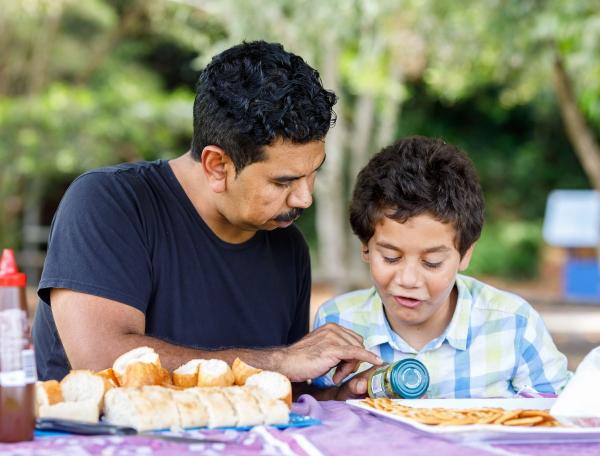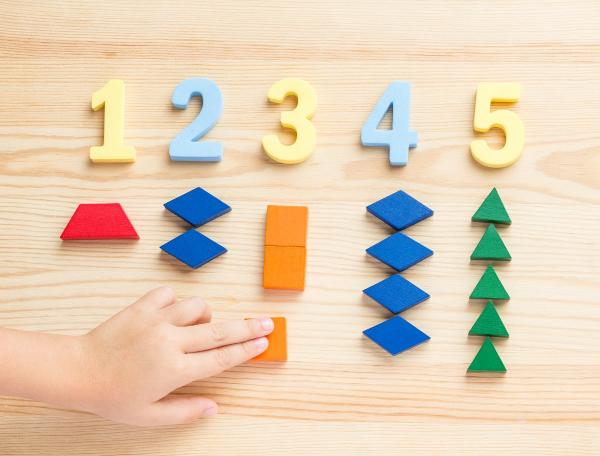Shopping sense
10 - 11 years
Everyday ways to help your child with literacy and numeracy

Developed in partnership with Education Services Australia
It’s never too early to learn how to get a good deal when you’re out shopping. To help your child develop their shopping sense, give them practice at:
- looking at the different types of texts on packaged food – eg product names, slogans, nutritional information, expiry dates, fine print
What is the purpose of each type of text?
Why is some text large and colourful, and other text small and plain? - reading warning labels
What do the symbols mean?
What does the text mean?
Why would a packet of peanuts say ‘Warning: contains peanuts’? - analysing special offers and working out whether they really save you money
How much do you save if you 'Buy two, get one free'? How does that compare to 'Only half price'? - calculating the value of discounts such as 10% off.
This $30 shirt is 25% off. What price will we have to pay, and how much will we save? - comparing prices using unit price labels
Is a big packet better value than a small packet? How can you tell?
If there’s no unit pricing, how can you compare the prices of different sized products? - analysing the prices of products sold in bulk
- Is it worth it buying 48 rolls of toilet paper? How much would we save?
What other factors should we think about? (eg whether you have somewhere to store the product, how quickly you will use it, whether it will expire) - simple budgeting – eg giving your child a set limit, and letting them order a meal for the family.
Toolkits








